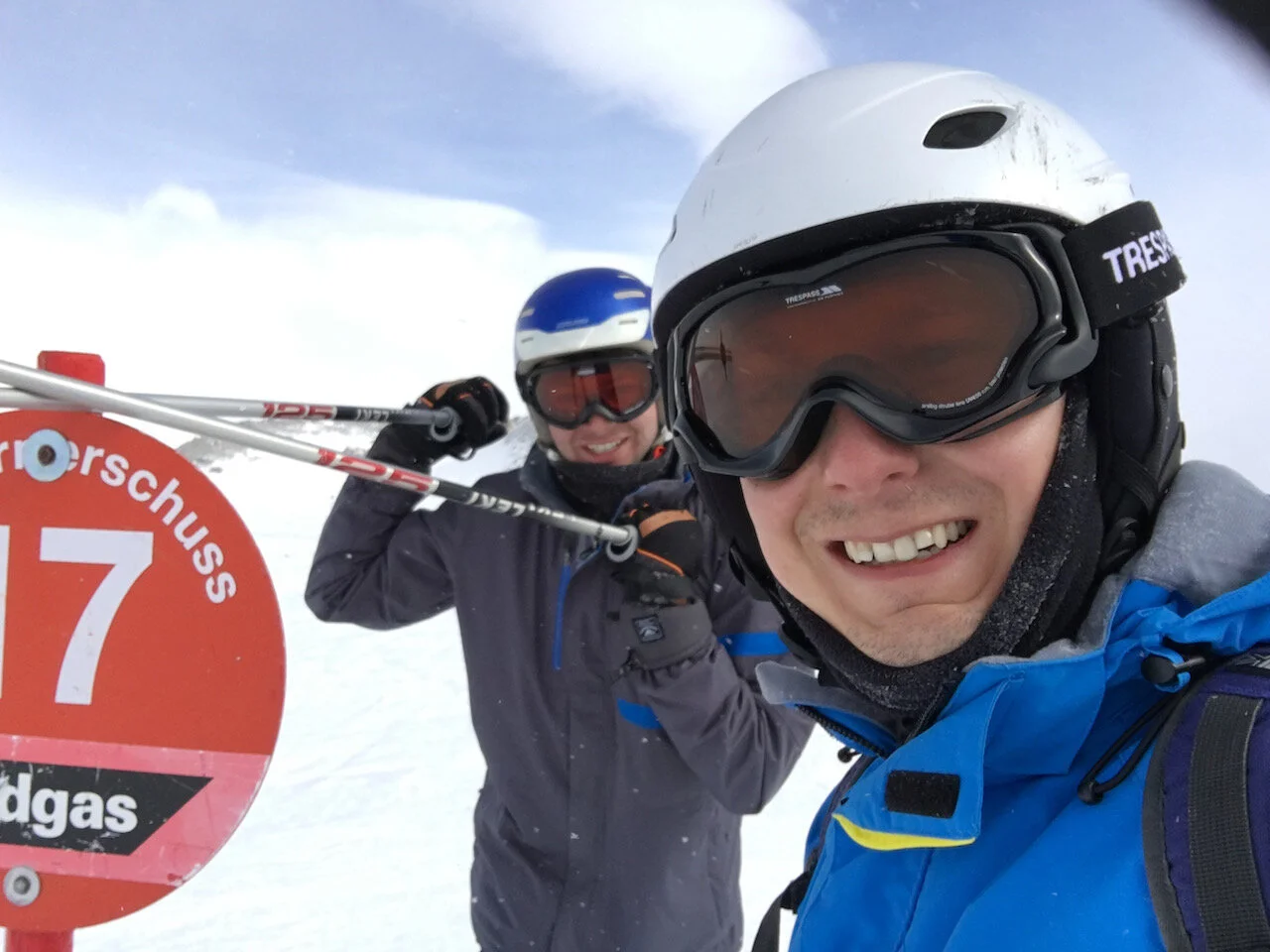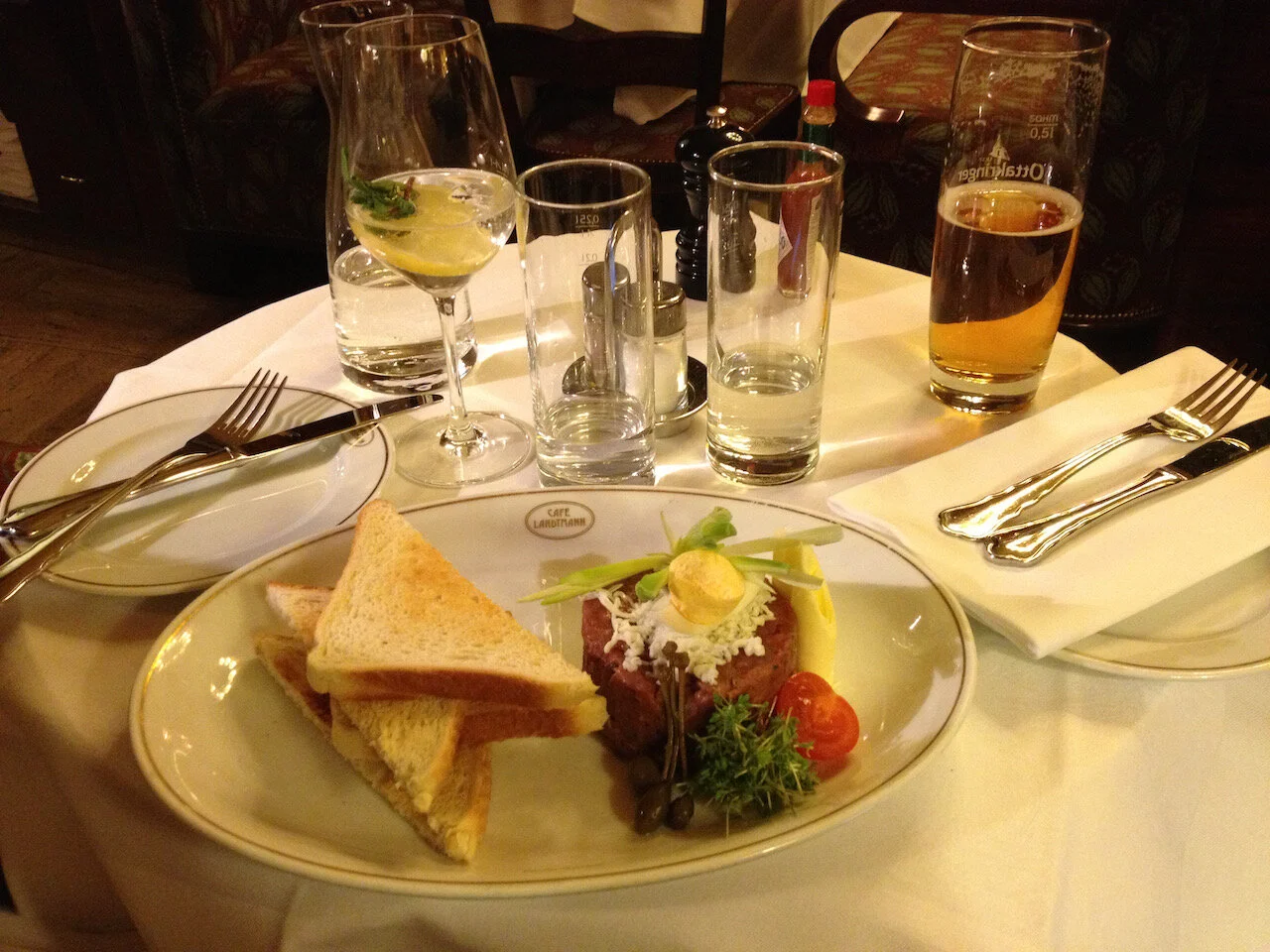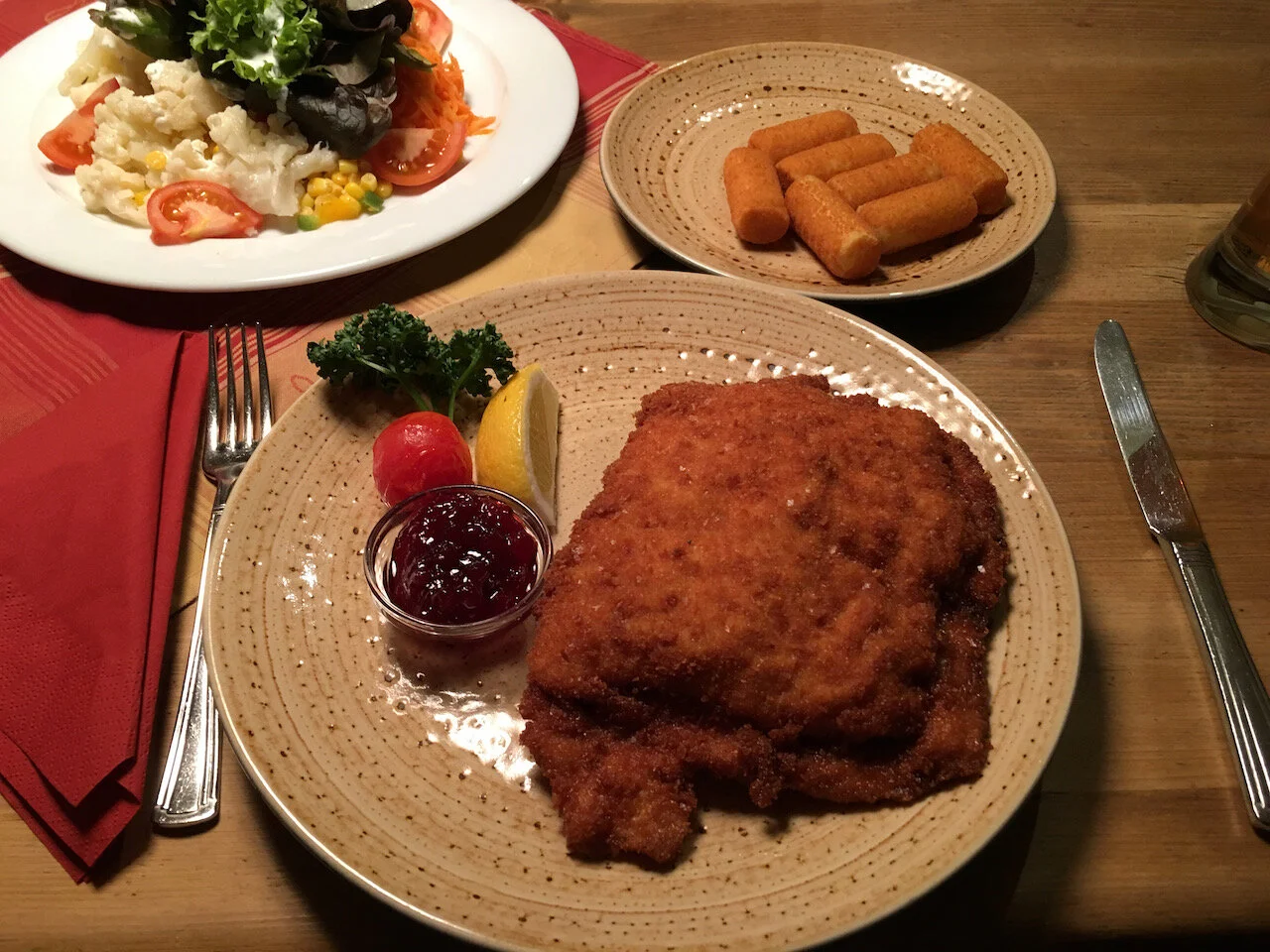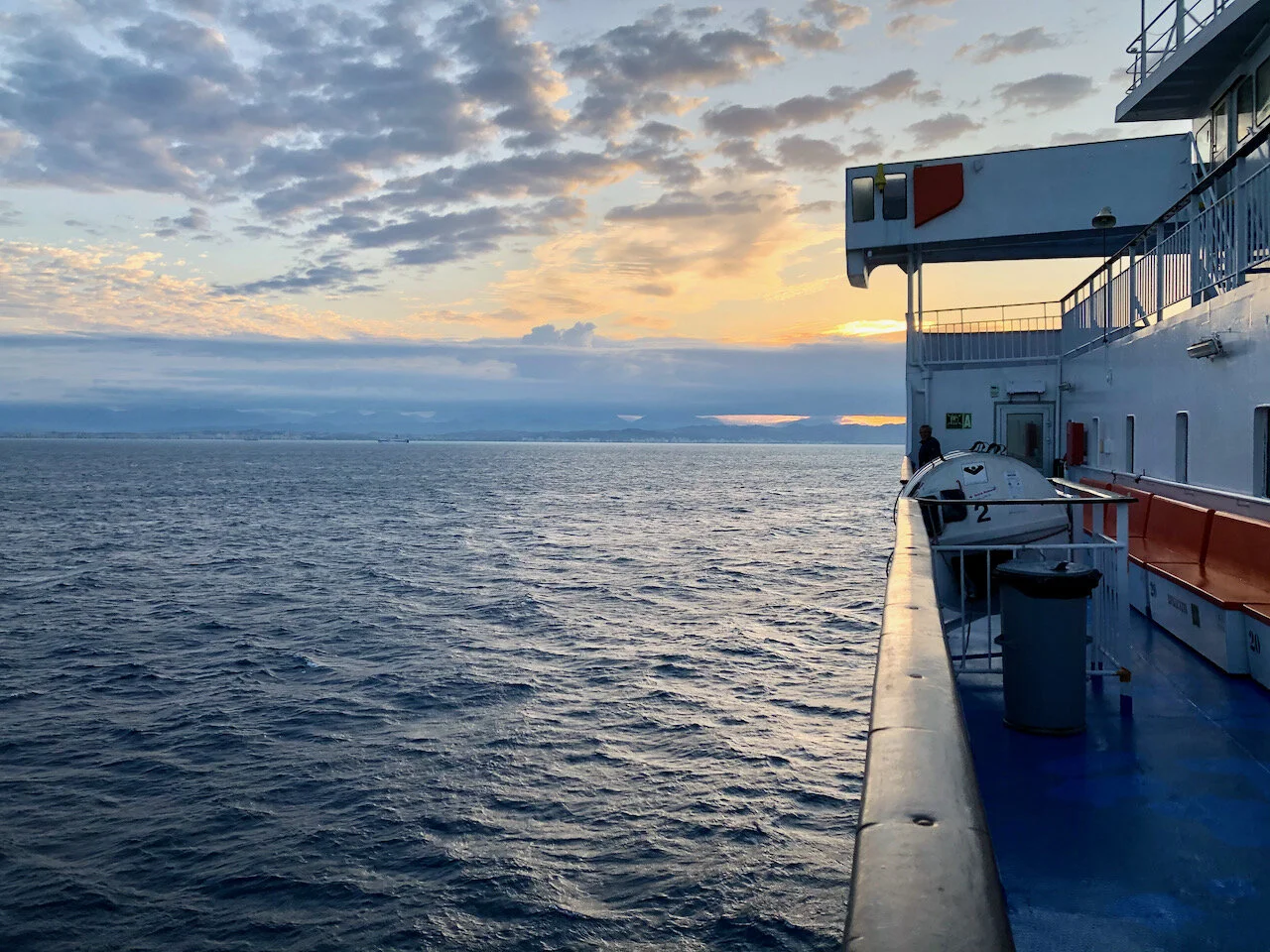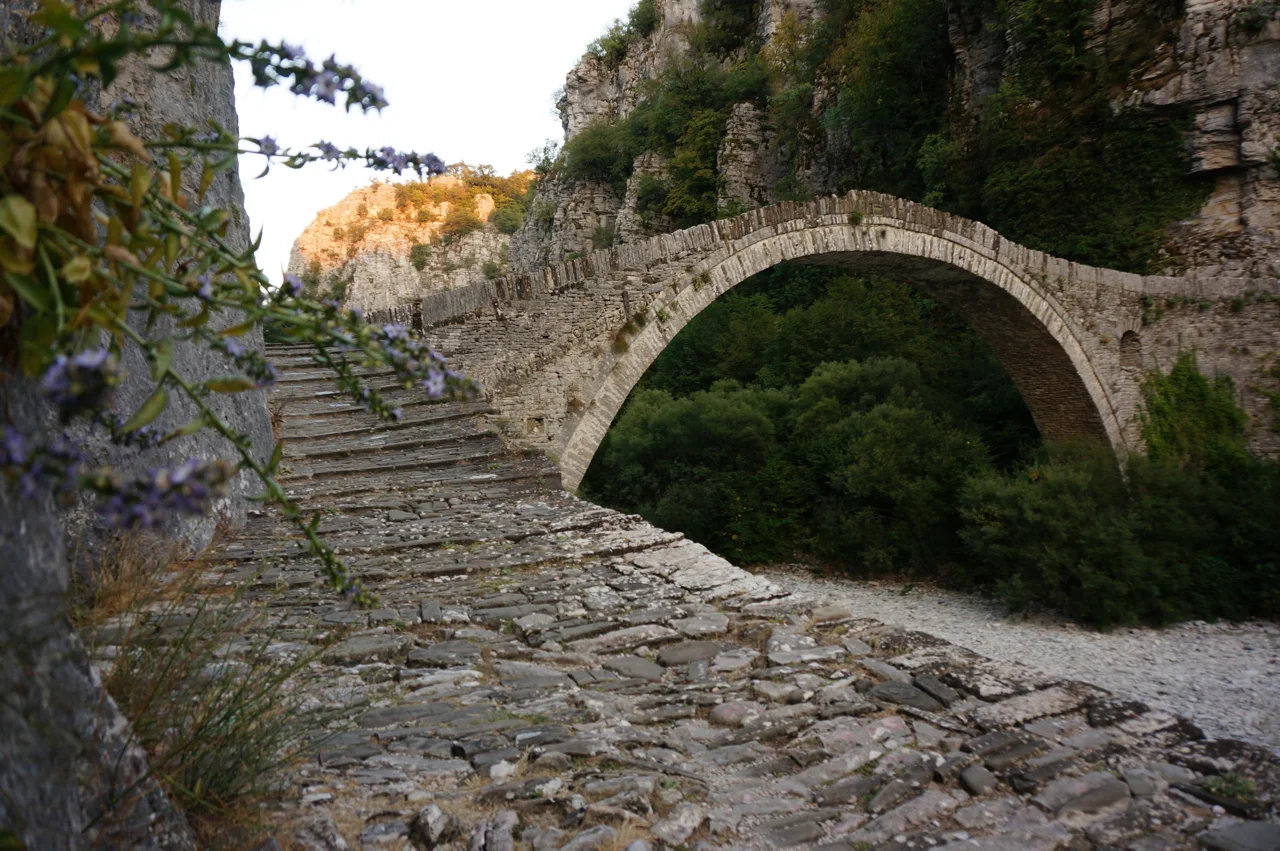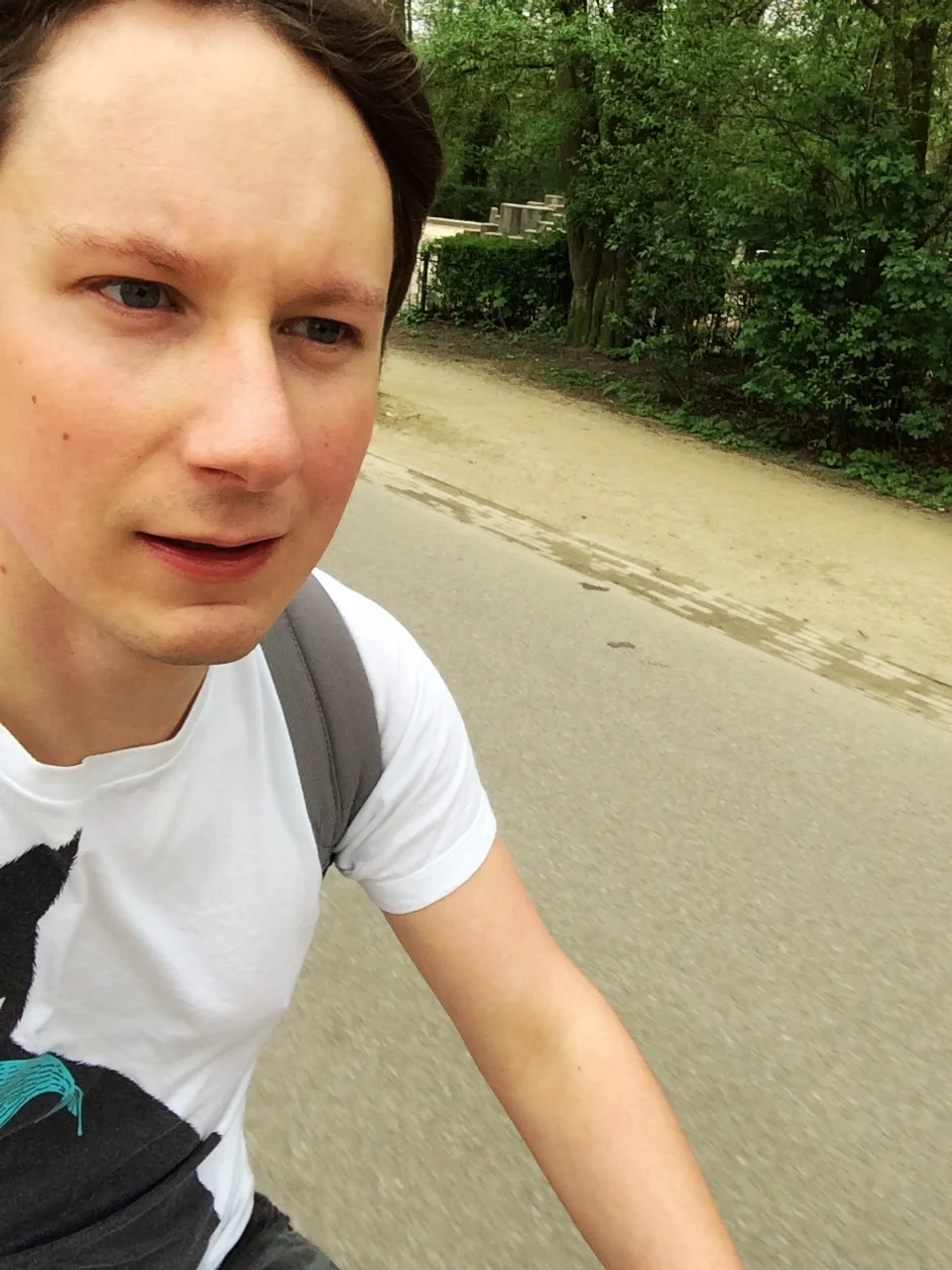Belgium has a very special place in my heart. I think it’s also fair to say Belgium is one of Europe’s most underrated countries.
It produces some of the worlds most delicious beers in its 304 breweries. Also, its cuisine is generally excellent, and almost every town or city is a beautiful patchwork of old townhouses and cobbled streets.
The first time I went to Belgium was on a school trip to see the World War One battlefields when I was around 15. I remember staying in this typical small Belgian town for the night. Our teachers took us into the central square that evening and told us “go and find some food for dinner, feel free to eat and drink wherever you want. Don’t drink alcohol, we’ll be in this bar all evening”. I don’t think they actually winked, but they might as well have. The rest of the evening was a blur. It was a great intro to Belgian beer.
When I lived in the UK I absolutely loved being able to drive for a few hours, take a ferry and then within an hour be sat inside a wonderful Belgian bar sipping a delicious beer and eating those little cubed cheese and salami platters they serve in almost every bar.
Even though Belgium is undoubtedly legally a singular country there’s often talk of Belgium being two very different countries - the French-speaking Wallonia and the Flemish-speaking Flanders. So much so that there’s often debate about whether Belgium will continue to exist as one country.
One thing that surprised me about Belgium is that it has compulsory voting, but certainly doesn’t have compulsory government. Belgium regularly goes extremely long periods of time after elections with no government in place. After the 2010 elections, Belgium went for 589 days without a government, and in 2019 494 days before a coalition government was finally formed.
I’ll leave you with the tidbit that the word spa, or the place you go to relax and be pampered is named after the town of spa. And, yes, spa does have a spa.
Right, I fancy a beer.
I'm writing about every country in the world. One a day for 195 days. Learn more

